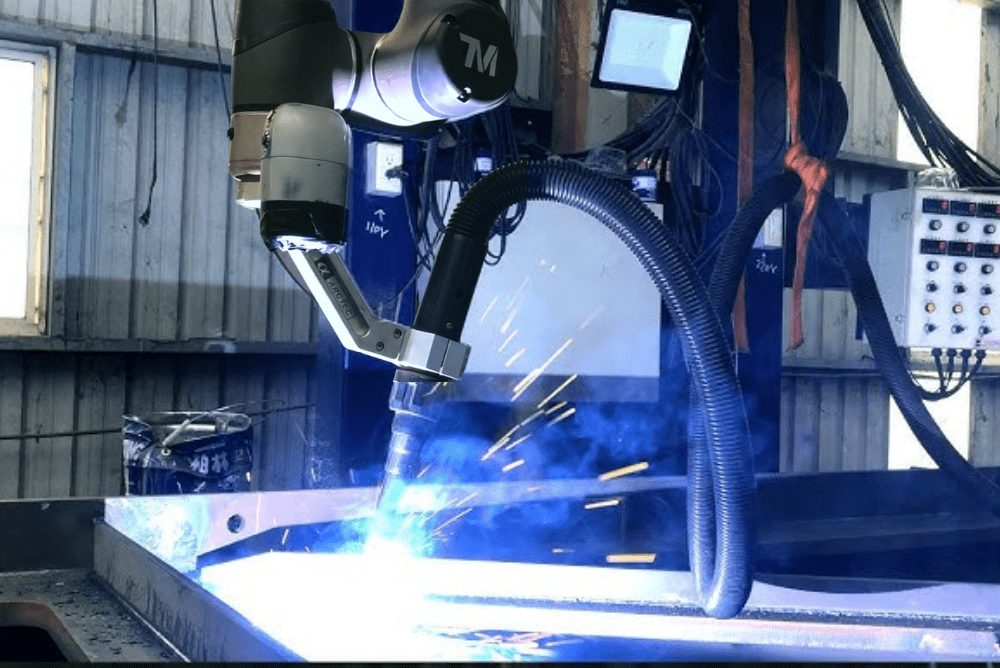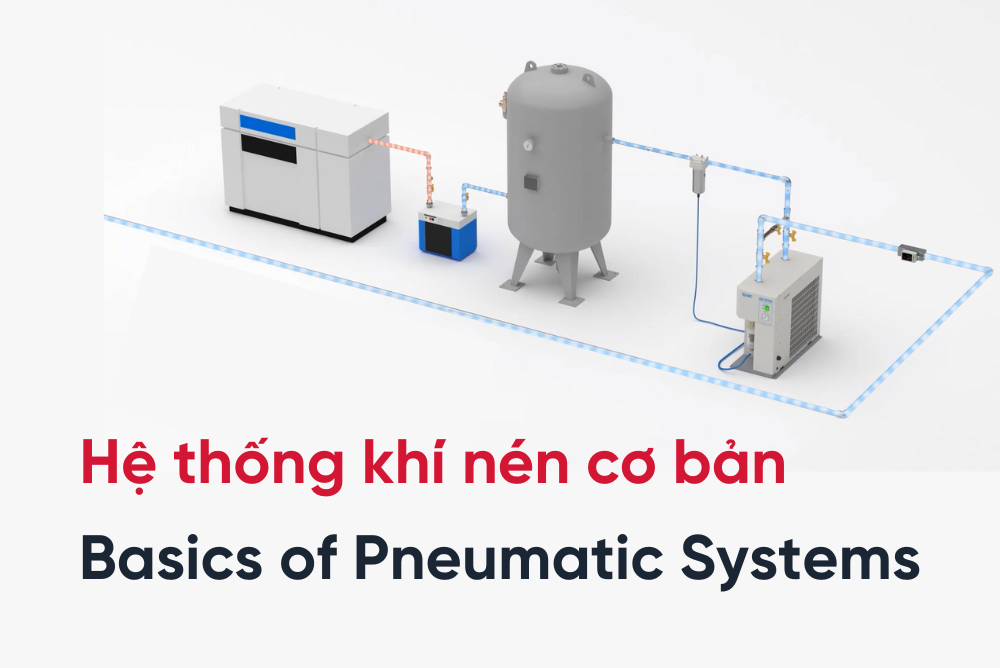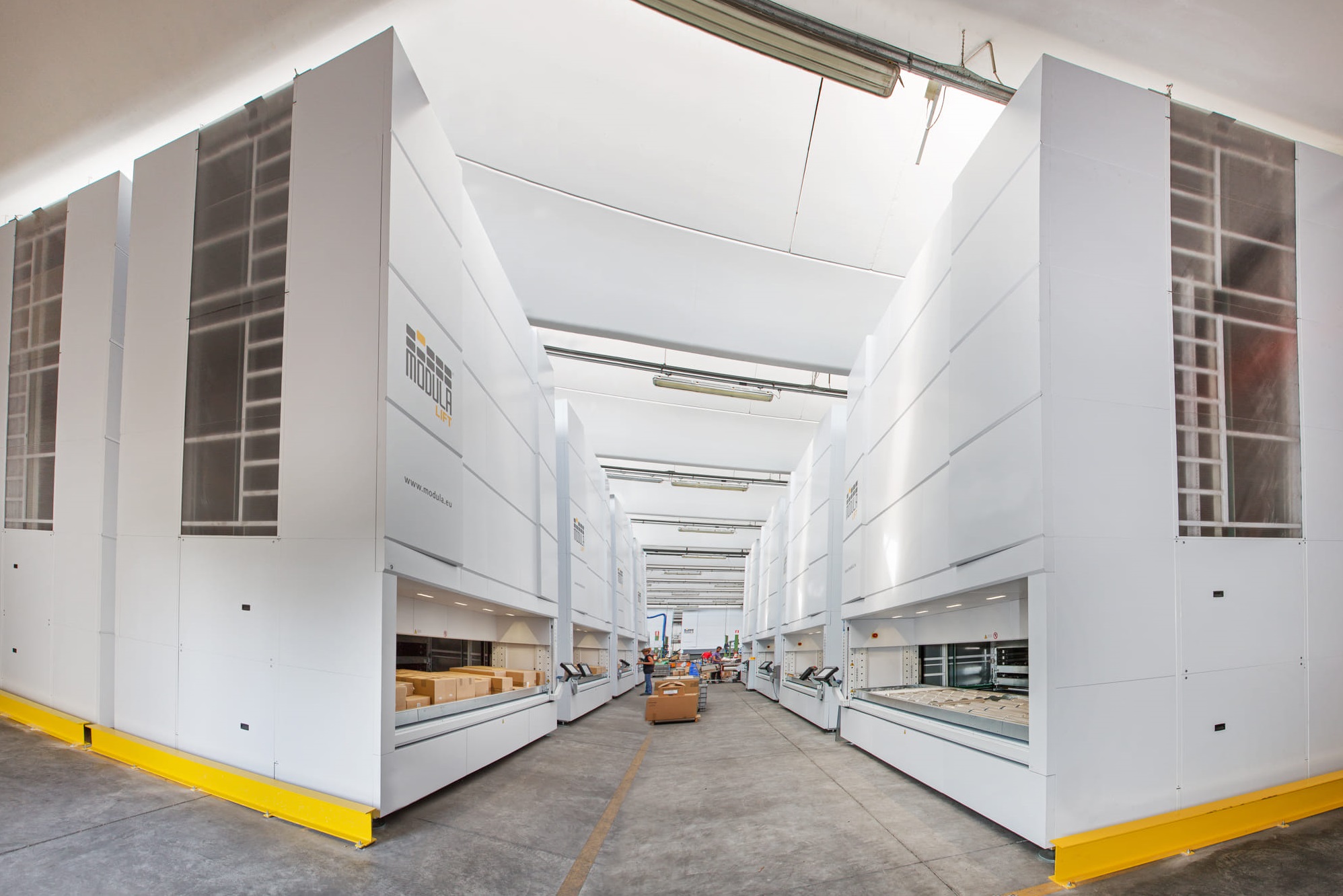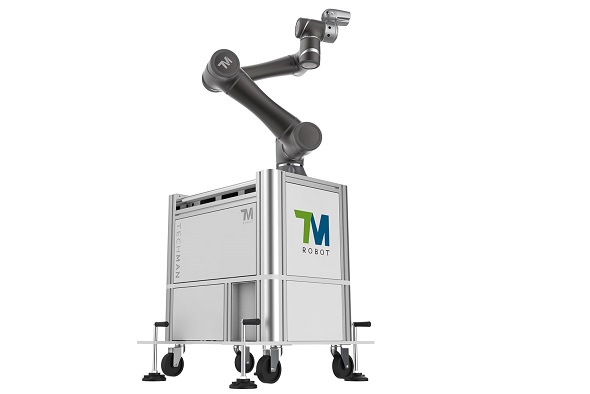 Contents
Contents
What is a Welding Cobot?
A welding cobot (collaborative welding robot) is a type of collaborative robot specifically designed to perform welding tasks in industrial environments. Unlike traditional welding robots, welding cobots are equipped with integrated safety sensors and user-friendly designs that allow them to work alongside human operators without the need for safety fences.
Manual welders can often produce welds in less time than robots. However, when it comes to overall productivity, robots have a significant edge. Engineers often compare two types of robotic arms—traditional industrial robots (e.g., PUMA) and collaborative robots (e.g., UR)—to evaluate which performs better in welding applications. They also assess space requirements and collision avoidance capabilities.
When the skills of experienced welders are modeled and integrated into a cobot system, welding becomes more flexible, enabling techniques that once required highly skilled human operators.
How Does a Welding Cobot Work?
1. Components and Functions of a Welding Cobot System
A welding cobot system comprises several key components:
- Cobot arm: A 6-axis articulated arm that offers the flexibility needed for various welding paths.
- Welding torch: Mounted on the cobot arm to create the welding arc.
- Power supply unit: Controls electrical parameters to ensure a stable arc and high weld quality.
- Wire feeder: Regulates the feed of welding material to maintain consistent weld size.
- Advanced systems may integrate sensors and cameras for real-time monitoring and automatic process adjustment during welding.
- Controller: Coordinates all system components and interprets commands to ensure smooth welding operations.
2. Accuracy and Efficiency
The cobot's ability to operate continuously and precisely control welding parameters results in high-quality, consistent welds. Unlike human operators, cobots can work without breaks, which significantly boosts manufacturing efficiency.
Cobots precisely control variables such as travel speed, arc length, and heat input, delivering welds with deviations as small as a few millimeters. Real-time seam tracking sensors allow cobots to continuously adjust for material misalignments, ensuring stable weld quality.
Cobots can also access difficult-to-reach weld points and hold the torch steadily, avoiding common issues like porosity or incomplete fusion.
Benefits of Welding Cobot
1. Enhanced Productivity
Cobot welding dramatically outperforms manual welding in terms of efficiency due to increased arc-on time. While human welders typically operate at only 10–30% arc-on time, cobots achieve 50–80% in low-volume production and up to 90% in high-volume manufacturing. A single welding cobot can replace up to five manual welders.
For instance, General Motors increased productivity by 30% and reduced operating costs by 20% after implementing welding cobots in their assembly lines. Continuous operation enables faster production and improved output quality.
2. Consistent Weld Quality
Cobots perform high-precision welds, producing stable and uniform weld quality. This consistency improves overall product quality.
Fendt, for example, reduced production costs by 25% and shortened production time by 15% thanks to stable welds and real-time image processing technology, which allows cobots to detect and correct welding defects on the fly.
3. Reduced Waste and Material Consumption
Precise control of welding parameters allows businesses to optimize material usage and reduce energy consumption. Cobots use the exact amount of material required for each weld, preventing over-welding and spatter—issues common in manual welding.
At New Holland Agriculture, cobot welding helped reduce material waste by 22%. Consistent quality also minimizes rework and product returns, saving time and cost.
Welding Cobot Applications
1. Spot Welding
Spot welding with cobots is crucial in automotive body assembly. Cobots join overlapping metal sheets using precise pressure and electric current through copper electrodes.
A welding cobot can handle hundreds of spot welds on a single car frame, reducing production time and labor costs.
2. Arc Welding
Cobot arc welding generates temperatures up to 6,500°F (~3,600°C) via electric arcs. This method is widely used in heavy industries for pipe fabrication and structural components.
Arc welding systems create deep, uniform welds, ideal for industries requiring high structural integrity, such as shipbuilding.
3. TIG and MIG Welding
Cobots can perform two main types of precision welding:
- TIG (Tungsten Inert Gas): Non-consumable electrode welding in an inert gas environment. Commonly used in aerospace for high-quality welds on thin materials like aluminum and titanium.
- MIG (Metal Inert Gas): Consumable wire welding under shielding gas (also called CO₂ welding). Ideal for continuous welding in steel construction involving large and complex components.
4. Laser Welding
Cobots use high-powered lasers to weld parts together, enabling fast, precise welds with minimal thermal distortion. This method is especially suited for electronics manufacturing, where delicate components require highly accurate welds.
For example, laser welding cobots can securely connect battery cells without damaging sensitive parts.
5. Plasma Welding
Plasma welding cobots create deep, narrow welds with extremely high energy density. This method is highly effective for welding stainless steel and high-performance alloys.
Cobot plasma welding systems are used in medical device manufacturing, where welds must meet strict standards for strength and sterility.
Comparison: Manual Welding vs. Cobot Welding
Here is a comparison table between the two methods: manual welding and cobot welding:
|
Criteria |
Manual Welding |
Cobot Welding |
|
Flexibility |
Highly flexible, ideal for small-batch jobs. |
Moderately flexible, suited for small to medium-batch production. |
|
Production Capacity |
Suitable for small volumes and varied product types. |
Efficient for medium to large-scale production. |
|
Skill Requirements |
Requires skilled, experienced welders with formal training. |
User-friendly interface allows operation after short training. |
|
Stability & Quality |
Quality depends on welder skill and condition; varies. |
Uniform, high-quality welds via repeatable robot motion. |
|
Efficiency & Throughput |
Limited by human endurance and break times. |
Continuous operation increases throughput and shortens cycles. |
|
Worker Safety |
High risk from heat, fumes, or poor posture. |
High safety design allows human-robot collaboration with reduced risk. |
|
Initial Investment |
Lower upfront costs (equipment + training). |
Medium investment (cobot + integration), fast ROI via productivity gains. |
|
Operating Costs |
Higher due to skilled labor, rework, and waste. |
Lower due to continuous operation, fewer defects, and efficient material use. |
|
Best Fit Applications |
Ideal for small-scale, simple welds with minimal quality demands. |
Best for repetitive welds, medium-to-large batches, complex positions, and high consistency needs. |
How to Choose the Right Welding Cobot for Your Business
1. Choose a cobot with an intuitive, user-friendly interface
- Reduces training time.
- Suitable for skilled welders without programming experience.
- Supports hand-guided programming for direct teaching.
- Allows weld parameters to be adjusted during setup.
Techman AI Cobot - Set up in just a few drag-and-drop steps
2. Prioritize flexible welding solutions
- Must handle multiple tasks in diverse manufacturing environments.
- Support various welding types: MIG, TIG, spot welding, etc.
- Capable of welding large components with long reach and high payload.
- Easy integration with existing welding systems.
- Automatic program switching with minimal hardware changes.
- Optimized for high-mix, low-volume production.
3. Ensure fast installation and easy maintenance
- Prefer systems that can be installed by in-house technicians.
- Some cobots can be operational within hours.
- On-site technical support and easy-to-source spare parts.
- Improves uptime and shortens return on investment (ROI).
4. Ensure precise and stable welding outcomes
- High repeatability (±0.1 mm or better).
- Real-time process monitoring for weld consistency.
- Auto-adjusts parameters based on materials and environment.
- Use of specialized end-effectors (EOATs) and fixtures for weld quality.
- Reduces defects and rework needs.
Implementing cobots in welding is not just a technological upgrade—it’s a practical solution for manufacturers facing challenges in cost, quality, and labor. With their ability to operate with precision, flexibility, and continuity, welding cobots deliver exceptional value in terms of productivity, stability, and operational efficiency.
In an era of increasing production demands, strict quality requirements, and skilled labor shortages, investing in welding cobots is a strategic move for factories aiming to maintain competitive advantages and transition toward smart manufacturing.
Reference: Techman AI Cobot – S Series


 Read more
Read more



